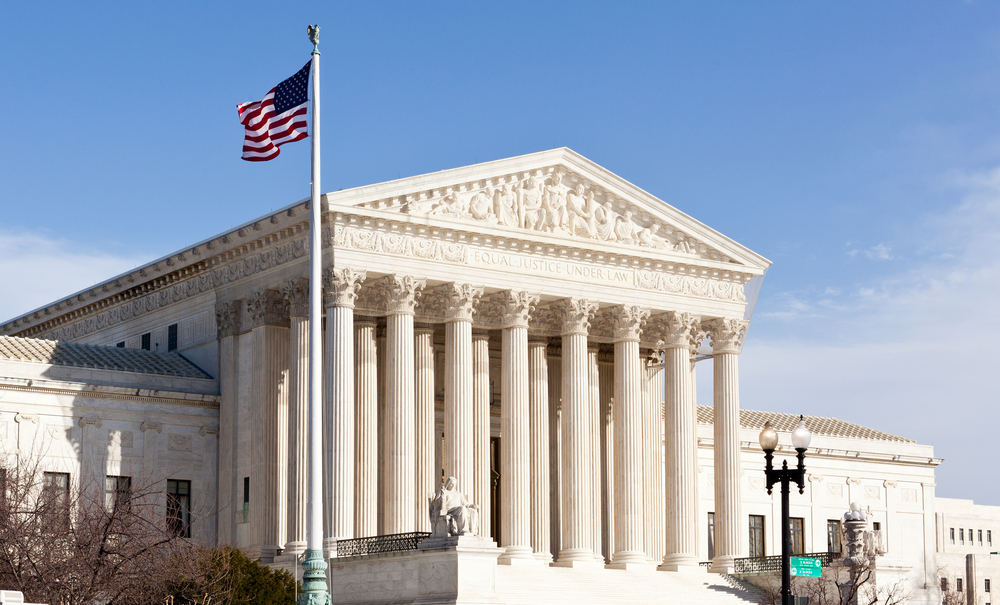The U.S. Supreme Court opened its new term facing a challenging docket and a distrustful public. The most watched cases all require the Court to more fully articulate the boundaries, if any, of its precedential ruling in Trump v. US, giving the president untrammeled authority over the executive branch, including the unrestricted right to terminate all executive appointees.
Supreme Executive Power or a Check on the President’s Authority?
The most important of these cases will review the Supreme Court’s precedent in Humphrey’s Executor v. U.S., (1935) which held that members of quasi-legislative or quasi-judicial bodies created by Congress may not be removed except for cause. Both National Labor Relations Board (NLR) Member Gwynne Wilcox and Federal Trade Commission (FTC) Commissioner Rebecca Slaughter were summarily fired by the president, despite statutory language requiring “cause” and providing procedural protections. Only Slaughter’s case is before the Court, but the decision will affect all political appointees to executive agencies. (Chief Justice John Roberts issued an administrative stay on Wilcox’s case, barring her from returning to her job pending the adjudication of her matter.)
In Slaughter, the Court will decide whether Humphrey’s Executor should be overruled and whether Congress can limit the president’s authority to remove executive branch officials from public office. If the Court decides to uphold Slaughter’s termination, agency leaders would become “at-will” employees, and the president could control agency policies by hiring acquiescent officials while dismissing others. Administrative law judges (ALJs) would find themselves in a similar situation, subject to termination if the president disagreed with their decisions.
Religion and Disability Accommodation Cases in the Wings
Although an important ERISA case affecting calculation of withdrawal liabilities in multi-employer funds—M & K Employee Solutions, LLC v. Trustees of the IAM National Pension Fund—is already on the docket, more attention is on cases awaiting the Court’s granting of certiorari.
The question of what constitutes a “sincerely-held religious belief” may once again be before a Court more friendly to religious concerns than any before. In Does 1-2 v. Hochul, healthcare workers who were terminated for refusing to comply with COVID-19 vaccine mandates based on their religious beliefs sued their employers as well as the state of New York. New York issued regulations requiring covered healthcare facilities to be fully vaccinated against COVID-19 but didn’t include a religious exemption.
The workers in Hochul asked the Court to decide whether noncompliance with state laws “directly contrary” to the religious accommodation requirement under Title VII of the Civil Rights Act of 1964 may constitute an “undue hardship.” A second question asked whether a state law requiring employers to reject any employee’s request for a religious accommodation is contrary to Title VII and is preempted by both Title VII and the Constitution. Because of the large number of vaccine cases still being adjudicated and the prospect of many more on the horizon, employers are paying particular attention to this case. Most court watchers predict the religious claim will outweigh other considerations here and in the future.
The Court has also been asked to rule on a disability discrimination dispute in Cook County, Ill. v. Nawara. There, an employee alleged he was required to submit to a medical examination and other similar inquiries that weren’t job-related nor consistent with business necessity, as required by the Americans with Disabilities Act (ADA). He didn’t have a disability and wasn’t regarded as disabled. If it takes the case, the Court could decide whether the ADA protects nondisabled individuals.

